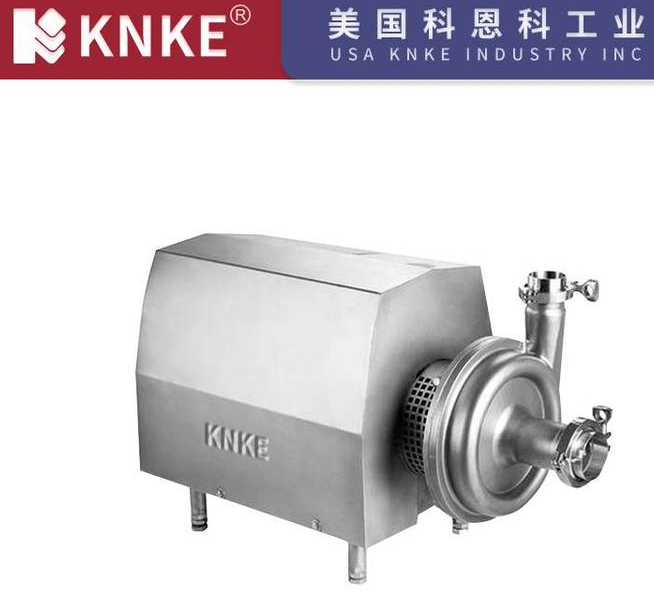Applications of Self-Priming Pumps
Self-priming pumps, as a common type of liquid transfer equipment, are widely used in various industries due to their advantage of not requiring external priming devices. Once started, they can automatically draw in and transfer liquid, making them particularly suitable for situations where ordinary pumps cannot directly pump water, such as in cases with no gravity-fed supply or long suction distances. This article explores the working principle, advantages, and specific applications of self-priming pumps.
1. Working Principle of Self-Priming Pumps

The working principle of a self-priming pump is similar to that of a conventional pump, but its biggest difference lies in its automatic exhaust capability. When starting, the impeller inside the self-priming pump rotates at high speed to drive liquid movement, expelling air from the pump body. By creating negative pressure, the pump draws in both air and liquid, achieving the self-priming function. Once all the air in the pump body is expelled, the pump begins normal liquid transfer.
The pump body of a self-priming pump is often designed with special impellers and exhaust structures to ensure quick liquid intake and smooth operation even when no water is initially present.
2. Advantages of Self-Priming Pumps
- No Need for Priming Devices – Traditional pumps often require a priming device to assist startup, but self-priming pumps have built-in suction capability, enabling quick liquid intake after startup. This is ideal for sites without easy access to priming facilities.
- Easy Operation – Self-priming pumps are relatively simple to operate, without the need for complex auxiliary systems.
- Strong Adaptability – They can operate stably even when liquid sources are unstable, making them suitable for harsh and complex environments.
- Energy Saving – By eliminating the need for external priming water, self-priming pumps reduce energy consumption and improve efficiency.
3. Application Fields of Self-Priming Pumps
- Agricultural Irrigation – Widely used to pump groundwater, river water, and other distant water sources for efficient irrigation, without being limited by elevation differences.
- Construction Sites – Used to transfer mud, concrete, and other materials in complex environments where water sources are hard to supply.
- Chemical Industry – Suitable for conveying volatile, toxic, or highly corrosive liquids, avoiding the cumbersome priming steps.
- Firefighting Systems – Capable of quickly drawing water from remote or unstable sources to supply emergency firefighting needs.
- Food and Beverage Industry – Used for hygienic, contamination-free liquid transfer with stable and efficient performance.
- Wastewater Treatment – Effectively handles sewage containing particles or debris, transferring it to treatment facilities.
4. Conclusion
With its unique advantage of operating without an external priming system, the self-priming pump has found wide applications across many industries. As technology continues to advance, its efficiency and performance will keep improving. Whether in agriculture, construction, chemical processing, food production, or environmental protection, self-priming pumps will remain an essential tool for improving work efficiency and ensuring stable operations.
